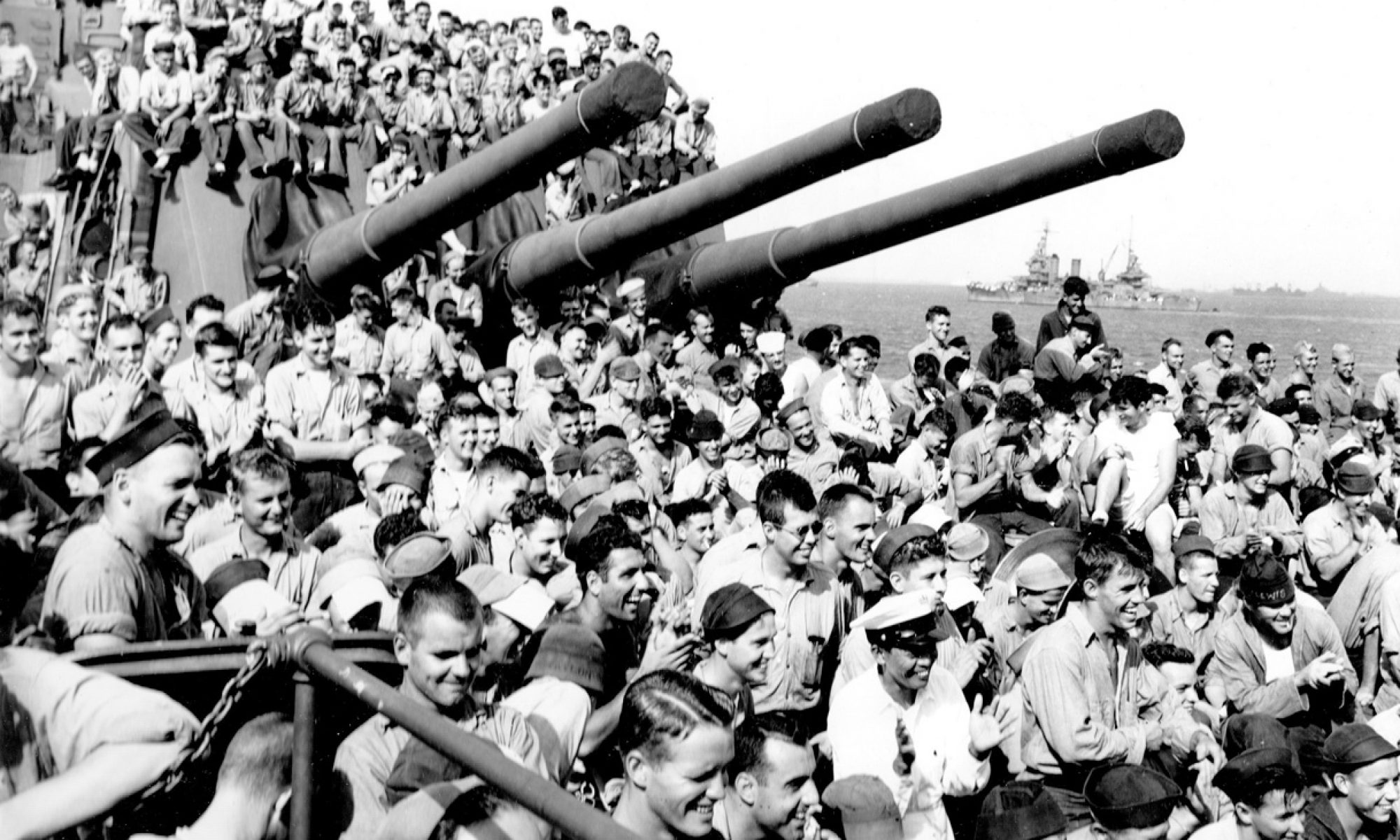12-18-14
Original crewmember Bob Knight posted this comment today about THE Typhoon:
How well I remember that time. I was in radio 2 in the after superstructure when a call came from radio 1 that a receiver was breaking loose and send someone to help. The officer in charge in radio 2 looked at me and said, “Knight, take care of that”.
I had to go below decks to make my way forward to the forward superstructure. When I was a the base of the ladder to go up to radio one was when we took that 46 degree roll. I had my toolbox in one hand, and with other held on to to a pipe attached to the bulkhead.
I was 3 or 4 decks below the main deck level and looked up and saw the waves. We were that far over. Fortunately we were at the wave crest, so the ship righted and we were ok, for then. I went on to secure the receiver.
That was something I remember vividly, even today.
Bob Knight
Bob is featured throughout the Baked Beans series – his remembrances and stories added a breath of life into the amazing tale of the heavy cruiser Boston. I am honored and privileged to have met and gotten to know Bob, my father’s shipmate. Bob is a reader of this blog, and he is still happy to share his insights with all of us.
From Baked Beans Vol. 2:
Here’s something I remember. Our sleeping quarters were on the very stern end of the ship. My bunk was over the four screws that propel the ship. You get used to the noise when it’s normal. But when you get into a storm and the ship is pitching, the screws come out of the water. You talk about vibrating the ship! You got up and went topside. No way in hell you could sleep. The ship, during all this floundering around, I’m down below in my bunk and there was nothing you could do – so you had to lay in your bunk and try and relax. And the goddamn ship turned like this – a 46 degree roll – now fifty would be sideways. It got to 46 degrees and the whole ship started trembling. My whole life flashed before my eyes. I was knocked out of my bunk. I couldn’t get up because the ship is sideways. So I’m just holding on and I’m saying, Oh my God, we’re going . . . .” and it’s shaking and shaking and shaking. Finally, slowly but surely . . . voom . . . she came back. I got up off that deck and flew up that ladder and I went topside and I didn’t go back down below until we were well out of that typhoon. I thought for sure we were gone. I really did. That was quite a time, that was. And I had put some pretty good duty in the North Atlantic through some pretty tough situations – but, boy, that typhoon – there was nothing like that.
George Pitts
